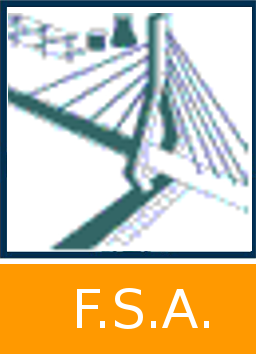Detection of forest fires using artificial intelligence
Cajot, Antoine 
Promoteur(s) :
Van Droogenbroeck, Marc 
Date de soutenance : 24-jui-2021/25-jui-2021 • URL permanente : http://hdl.handle.net/2268.2/11670
Détails
| Titre : | Detection of forest fires using artificial intelligence |
| Titre traduit : | [fr] Détection de feux de forêts avec l'intelligence artificielle [es] Detección de incendios forestales mediante inteligencia artificial [nl] Detectie van bosbranden met kunstmatige intelligentie |
| Auteur : | Cajot, Antoine 
|
| Date de soutenance : | 24-jui-2021/25-jui-2021 |
| Promoteur(s) : | Van Droogenbroeck, Marc 
|
| Membre(s) du jury : | Marée, Raphaël 
Wehenkel, Louis 
|
| Langue : | Anglais |
| Nombre de pages : | 166 |
| Mots-clés : | [en] deep learning [en] segmentation [en] forest fires [en] uav [en] corsican fire database |
| Discipline(s) : | Ingénierie, informatique & technologie > Sciences informatiques |
| Public cible : | Chercheurs Professionnels du domaine Etudiants |
| Institution(s) : | Université de Liège, Liège, Belgique |
| Diplôme : | Master en ingénieur civil en informatique, à finalité spécialisée en "intelligent systems" |
| Faculté : | Mémoires de la Faculté des Sciences appliquées |
Résumé
[en] With the advent of climate change comes the fear wildfires will become a rising concern in the near future as is hinted by several environmental studies. This fear has already become a reality for some parts of the globe. This work implements and compares different deep learning architectures for flame semantic segmentation on RGB images of fires occurring in a natural environment taken from the ground or from an unmanned aerial vehicle (UAV). The Corsican Fire Database is exploited after comparing it to other candidate public datasets. Results are compared in terms of the intersection over union (IoU), the mean squared error (MSE), the binary accuracy and the recall metrics as well as their number of network parameters. The implemented architectures are the FLAME U-Net, the DeepLabv3+ architecture considering the EfficientNet-B4 and the ResNet-50 backbones, the Squeeze U-Net as well as the ATT Squeeze U-Net. Notable among the evaluated architectures, the DeepLabV3+ with an EfficientNet backbone was the one that achieved the best results with an IoU of 0.93 and a recall of 0.967 while exploiting 22M parameters; and the ATT Squeeze U-Net that scored very decently with an IoU of 0.893, a recall of 0.928 and the least amount of network parameters (885K). All implementations were made public.
Fichier(s)
Document(s)
Citer ce mémoire
L'Université de Liège ne garantit pas la qualité scientifique de ces travaux d'étudiants ni l'exactitude de l'ensemble des informations qu'ils contiennent.


 Master Thesis Online
Master Thesis Online



 Tous les fichiers (archive ZIP)
Tous les fichiers (archive ZIP) Thesis.pdf
Thesis.pdf

